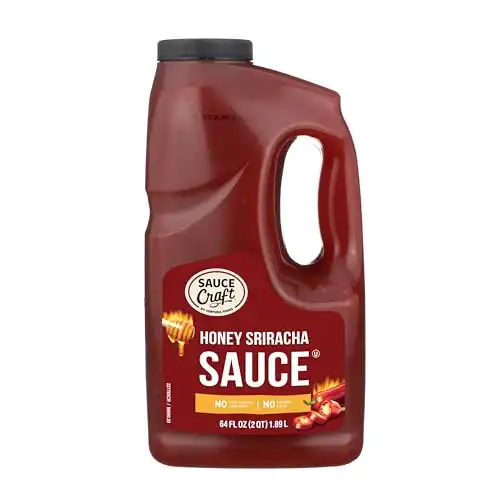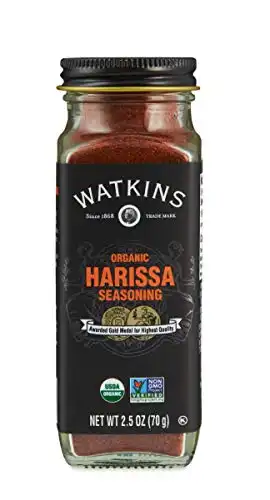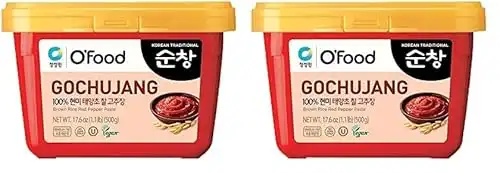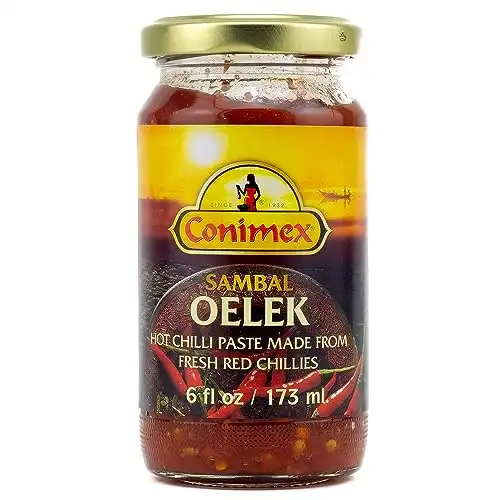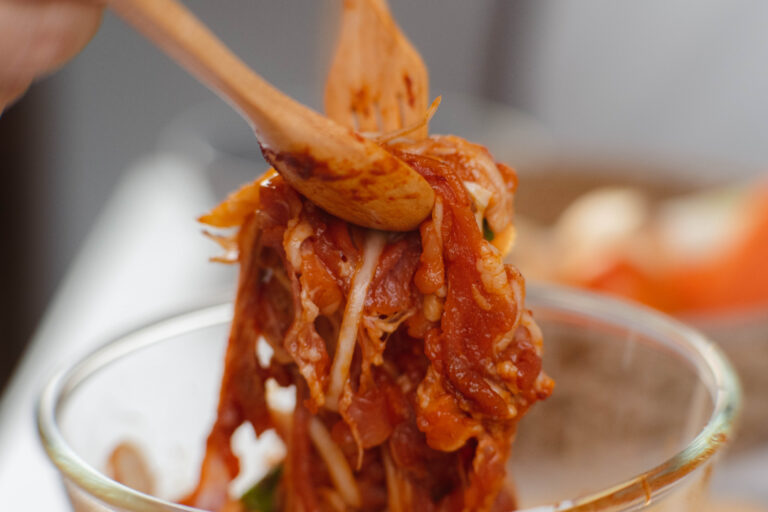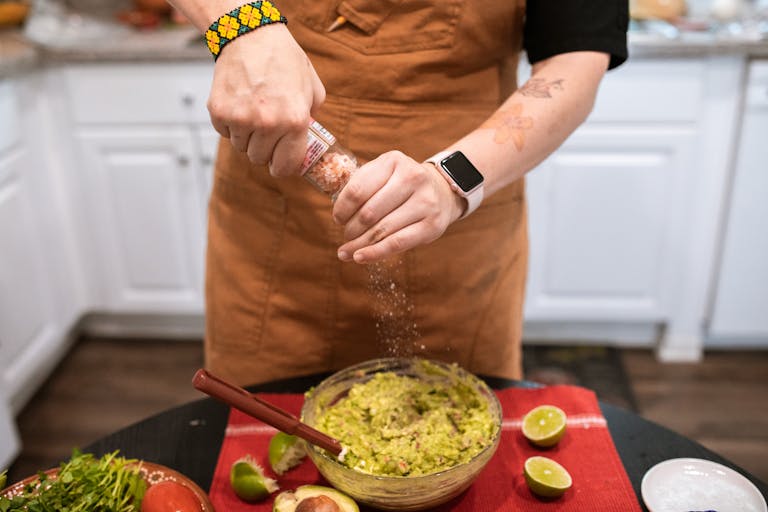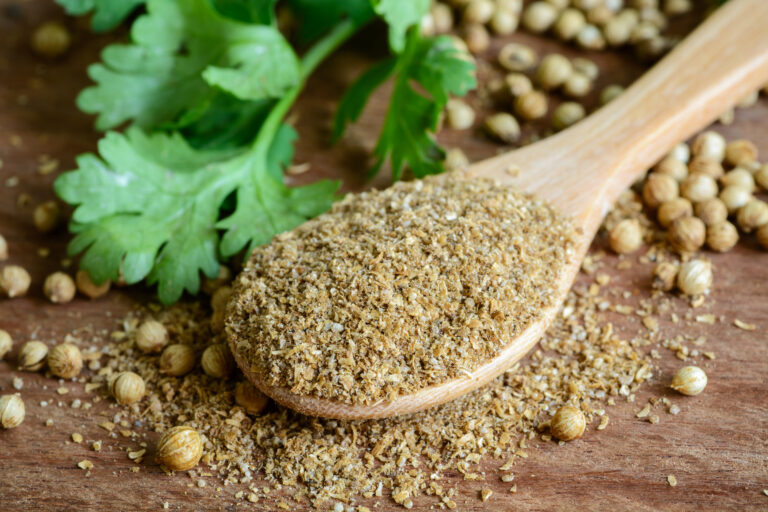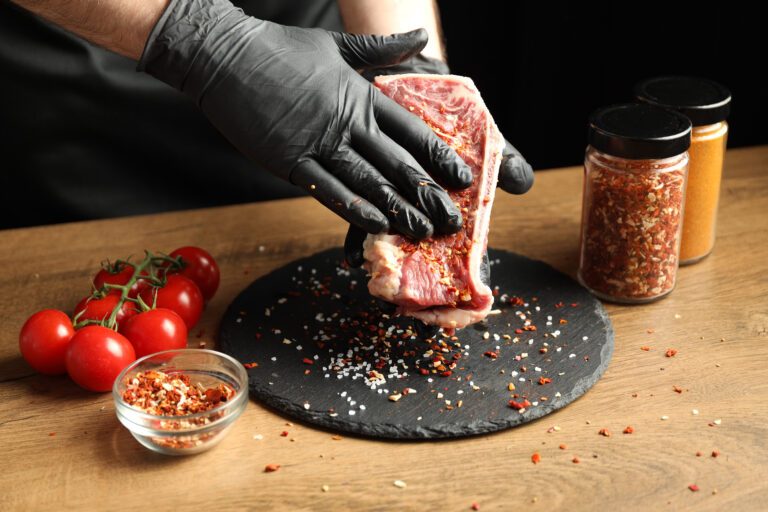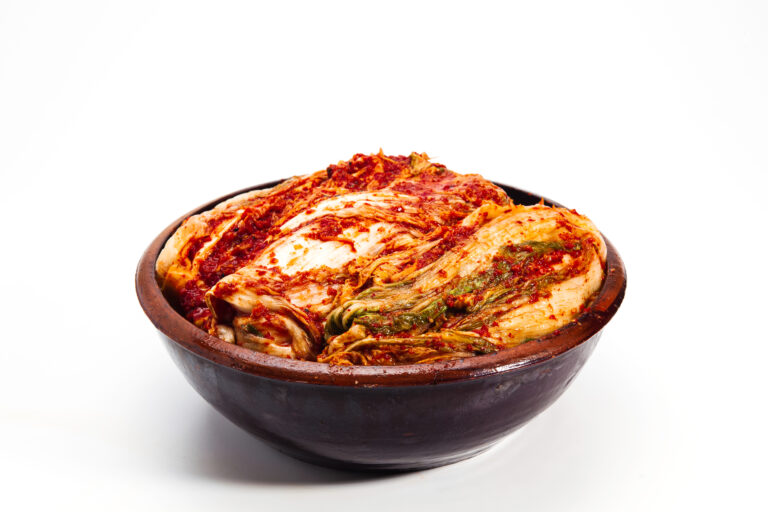5 Chili Paste Substitutes to Save Your Recipe
Chili paste is a flavorful powerhouse with heat and depth. Substitutes like Sriracha, Harissa, and DIY options offer versatility and unique twists for your dishes.
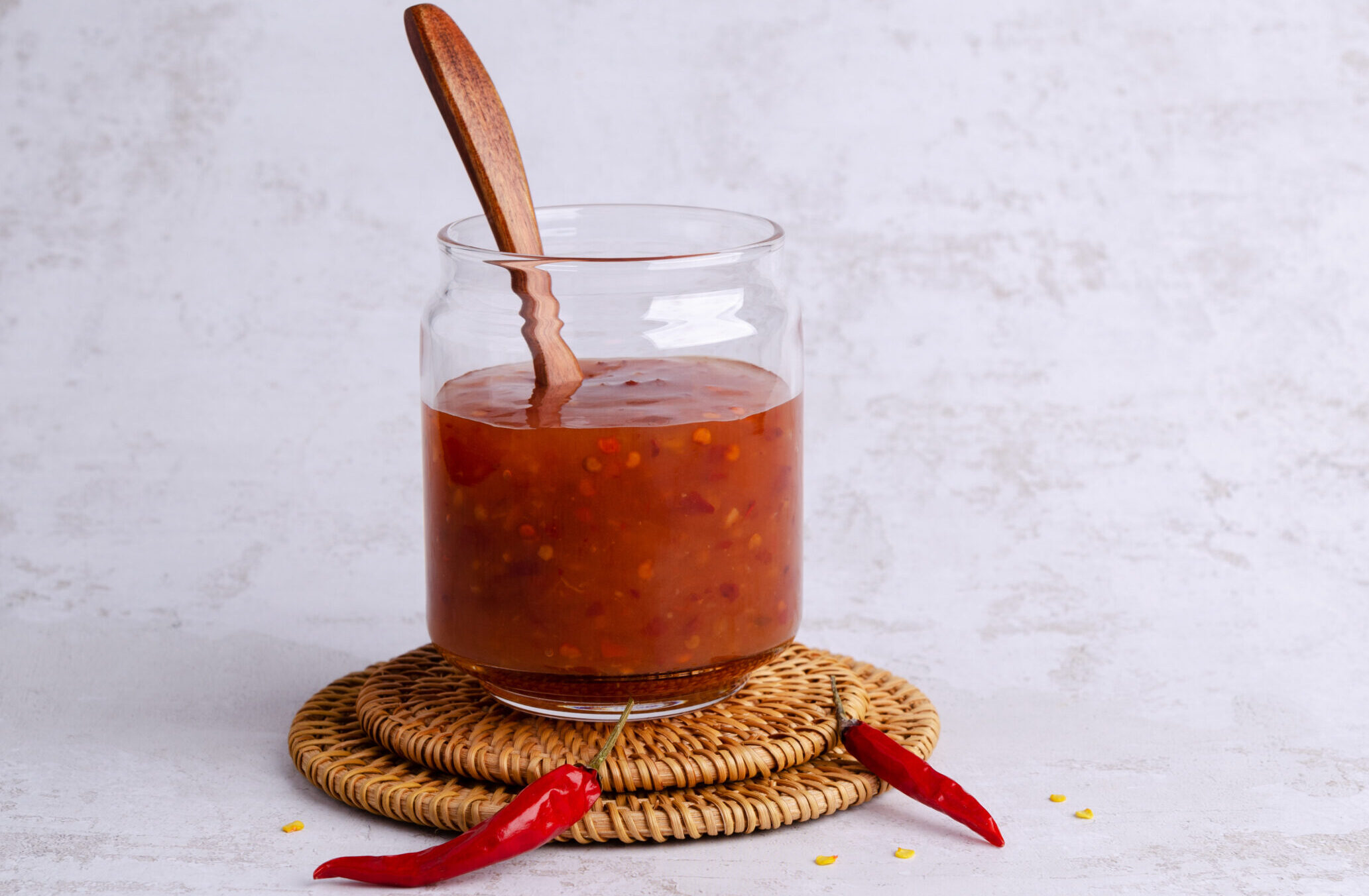
Exploring the realm of gastronomy, one often encounters recipes beckoning for chili paste, a quintessential ingredient infusing dishes with a fiery zest and complexity. Whether concocting a tantalizing Thai shrimp soup or delving into diverse Asian culinary traditions, unearthing an apt replacement for chili paste can be the linchpin in attaining that elusive equilibrium of taste and spice.
Disclosure: As an Amazon Associate, this site earns from qualifying purchases. Thank you!
Understanding the Role of Chili Paste in Cooking
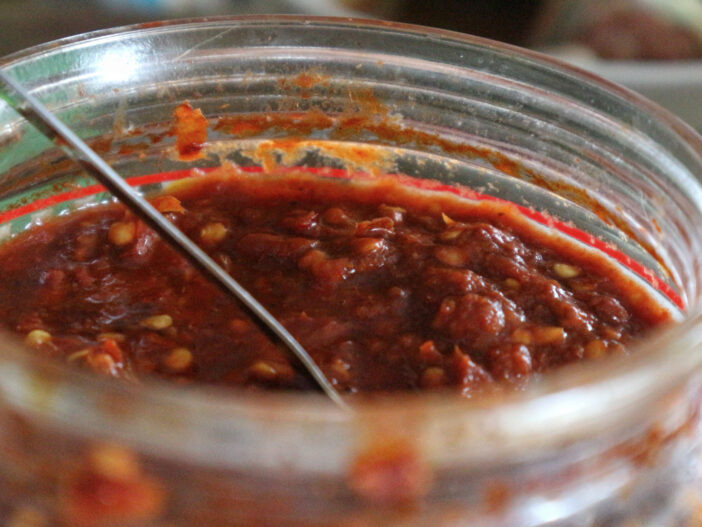
Chili paste is a versatile ingredient with a robust flavor profile, combining heat, sweetness, and umami. Its depth of taste comes from chili peppers, garlic, salt, and sometimes vinegar or sugar. From mild to intensely hot, chili paste offers varying levels of heat, allowing for customization in your dishes. Its thick, spreadable texture seamlessly integrates into sauces and marinades, providing consistent flavor and heat. Consider the texture and heat level when substituting chili paste to maintain your dish’s intended profile.
Top Homemade Chili Paste Alternatives
When you’re in a pinch or simply want to experiment with flavors, these homemade chili paste alternatives are life-savers. They’re packed with heat and flavor, ensuring your dishes don’t miss out on that much-needed kick.
Ketchup and Spice Mix
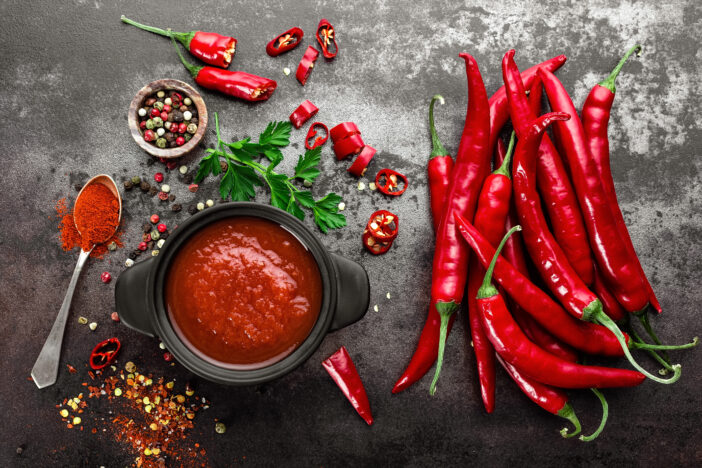
Replace chili paste with a clever blend that’s likely already in your pantry. Start with ketchup for its tangy tomato base and mix in ground cayenne pepper or crushed red pepper flakes for the heat. The beauty of this combo is its versatility; you can adjust the spiciness to taste, making it an excellent option for a wide range of dishes, from marinades to soups. For every cup of ketchup, adding two tablespoons of cayenne pepper creates a rich, spicy base. If you’re working with smaller amounts, even a teaspoon of cayenne mixed into ketchup can provide that chili paste effect.
DIY Spicy Tomato Paste
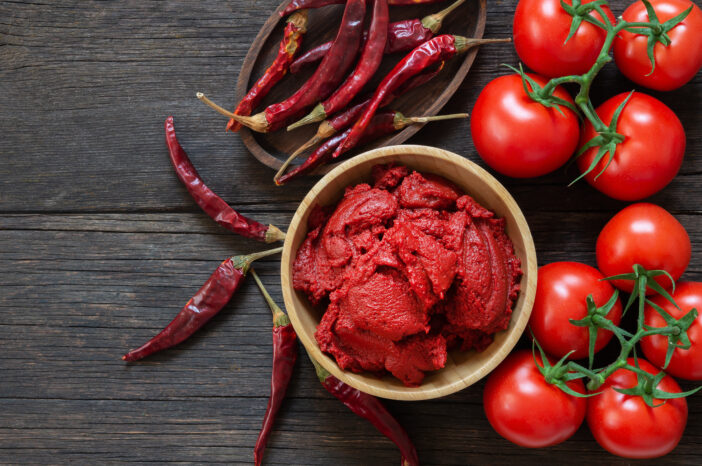
Tomato paste can stand in as a formidable substitute for chili paste. It’s thick, filled with flavor, and when spiced up, gets even closer to the real thing. Mix tomato paste with hot sauce or a teaspoon or two of chili powder or crushed red pepper flakes to dial up the heat. For a more refined flavor, blend the paste with chopped hot peppers using a food processor. The result? A spicy, homemade chili paste that’s great for giving your recipes a robust flavor profile, mimicking the original’s consistency and heat.
Homemade Roasted Bell Pepper Paste
If you’re after something a bit different but still packed with flavor, try your hand at a roasted bell pepper paste. This substitute takes a bit more time but is worth the effort for its complex, smoky sweetness. Roast red bell peppers until charred, peel, and then blend them with a tablespoon of sugar, a teaspoon of soy sauce, and two teaspoons of red pepper flakes. The sugar and soy sauce add depth and umami, while the red pepper flakes bring the heat, creating a thick, spreadable paste that serves as a perfect base for a variety of dishes.
Store-Bought Substitutes for Chili Paste
If you’re on the hunt for a chili paste substitute that you can easily find at your local grocery store, you’re in luck. There are several options available that not only make for a great replacement but also add their unique twist to your dishes.
Sriracha: A Versatile Sauce
When you’re looking for a chili paste substitute that doesn’t skimp on flavor, Sriracha sauce is your go-to. This Thai hot sauce offers a balanced blend of chili, garlic, sugar, and vinegar, creating a versatile condiment with a medium heat level. It’s thicker than many other hot sauces, making it an excellent choice for recipes that need that paste-like consistency. Try mixing Sriracha with a bit of tomato paste or soy sauce to replicate the depth and texture of traditional chili paste. It’s perfect for giving your stir-fries, noodles, and even marinades a spicy kick with an Asian twist.
Harissa: Adding North African Flair
Harissa, a staple in North African and Middle Eastern cooking, brings a smoky, aromatic heat to dishes that are quite distinct. Made from a blend of hot chili peppers, garlic, olive oil, and spices like cumin and coriander, Harissa paste adds depth and complexity. Its fiery character and rich flavor profile make it an excellent substitute for chili paste, particularly in recipes that welcome a bit of Mediterranean or African flair. Blend Harissa into soups, and stews, or use it as a rub for grilled meats to elevate the dish with its unique spicy and smoky notes.
Gochujang: Korean Chili Paste
Gochujang is a fermented chili paste that’s integral to Korean cuisine. This condiment combines red chili powder with glutinous rice, fermented soybeans, and salt, resulting in a sweet, savory, and spicy paste with a deep umami flavor. While Gochujang is thicker and has a different flavor profile than traditional chili paste due to its fermentation, it can be an exciting substitute in recipes where you want to add a complex, rich taste. Use Gochujang in marinades, dipping sauces, or to spice up your soups and stews. It works particularly well in dishes that benefit from a hint of sweetness alongside the heat.
Sambal Oelek: A Chunkier Alternative
If you prefer your chili paste to have a bit more texture, Sambal Oelek is worth trying. This Indonesian condiment is made with coarsely ground chili peppers, salt, and vinegar, offering a straightforward chili heat without additional spices or flavors. It is chunkier consistency and bright chili flavor make Sambal Oelek a fantastic substitute for chili paste, especially in recipes where the clean, sharp taste of chili is desired. It’s a great addition to sauces, marinades, or even as a condiment on its own. For a closer match to traditional chili paste, consider adding a bit of garlic or lime juice to round out the flavors.
Crafting Your Own Chili Paste
Crafting your own chili paste is a rewarding culinary venture that’s simpler than you might think. Here’s a breakdown of what you’ll need and the steps to make it happen:
Ingredients
- Chili Peppers
- Salt
- Sugar
- Oil
- Onion or Garlic
- Fish Sauce or Shrimp Paste (optional)
Process
- Choose Your Chilies: Decide between fresh or dried chilies based on your preferred heat level.
- Prep Your Ingredients: Rehydrate dried chilies if necessary and finely chop onion or garlic.
- Cook to Combine: Sauté onion or garlic in oil, then add chilies, sugar, and salt.
- Blend to Perfection: Once cooled, blend the mixture to your desired consistency, adding fish sauce or shrimp paste if desired.
- Adjust and Taste: Taste-test and adjust flavors as needed.
- Store Properly: Keep your chili paste in the fridge in an airtight container for weeks of flavorful cooking.
Sometimes, the best flavors in the kitchen come from what you craft with your own hands. Crafting your chili paste may sound daunting, but it’s quite a rewarding culinary adventure. Let’s dive into the simplicity of making a versatile and flavorful chili paste right at home.
Quick Fixes With Common Kitchen Ingredients
Sometimes, you just need a spicy kick without the hassle. Here, we dive into the genius of using what’s already in your pantry for that chili paste effect.
- Hot Sauce and Ketchup Combo: Mix hot sauce with ketchup for a spicy yet tangy glaze or stir-fry addition. Adjust ratios to suit your spice preference.
- Red Pepper Flakes and Hot Oil: Heat oil and red pepper flakes for a spicy infusion perfect for thickening sauces or marinades.
- Canned Chipotle Peppers: Use canned chipotle peppers in adobo sauce for a smoky depth in dishes, blending with tomato sauce for richness.
Frequently Asked Questions
Can I use ketchup as a chili paste substitute?
Ketchup, when mixed with a bit of hot sauce or red pepper flakes, can be a quick and easy chili paste substitute. It provides a similar tangy sweetness but lacks the heat, so you’ll need to add spicy elements.
What can replace chili paste in a recipe?
A good substitute for chili paste in a recipe is a mixture of tomato paste with some heat added – think hot sauce, chili powder, or red pepper flakes. This combo provides both the desired thickness and flavor kick.
How does Sriracha compare to chili paste?
Sriracha is thinner in consistency and has a unique garlic flavor profile, making it a less ideal substitute if the recipe relies on the texture of chili paste. However, it can still add a spicy, tangy quality to dishes.
Can I make a chili paste substitute at home?
Yes, you can make a chili paste substitute at home by blending roasted bell peppers for sweetness, with chili powder, hot sauce, or red pepper flakes for heat. This homemade mixture can mimic the flavor and texture of chili paste.
Is Gochujang a good substitute for chili paste?
Gochujang can be an excellent substitute for chili paste if you’re looking for something with a unique, deep flavor. It’s a Korean fermented soybean paste that brings a savory, sweet, and spicy taste, although it’s less tangy than most chili pastes.
What’s an alternative for a smoky chili paste flavor?
Canned chipotle peppers in adobo sauce offer a great alternative for a smoky chili paste flavor. They provide a deep, smoky quality with a potent heat that can closely mimic that of smoky chili pastes.

